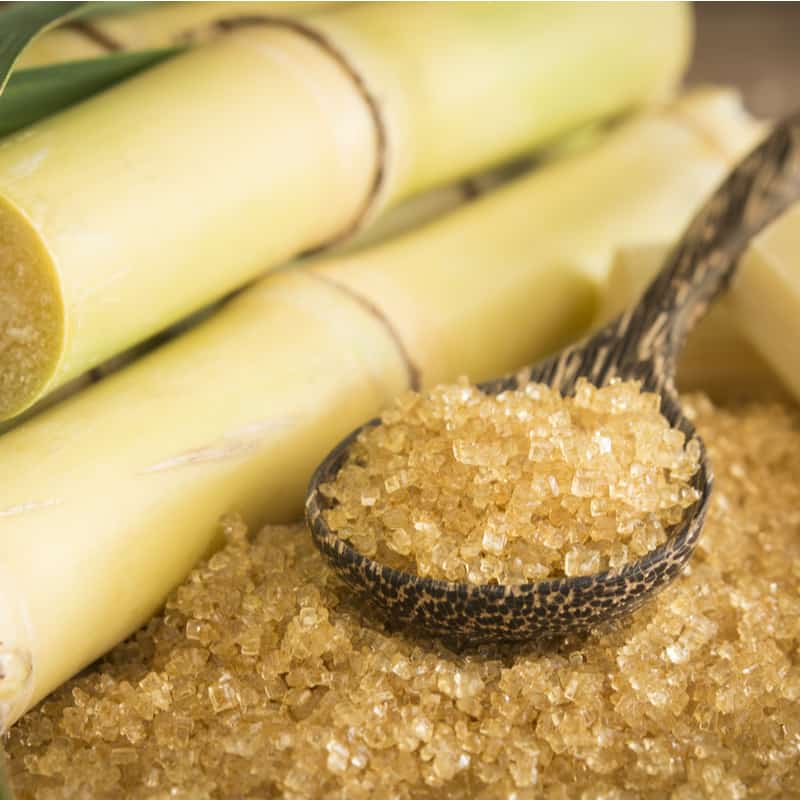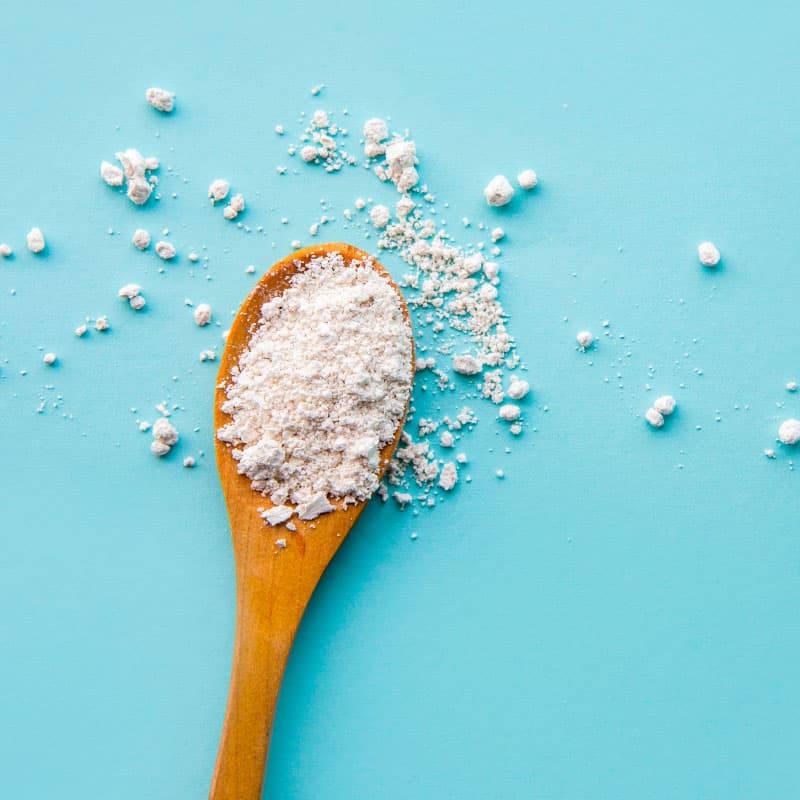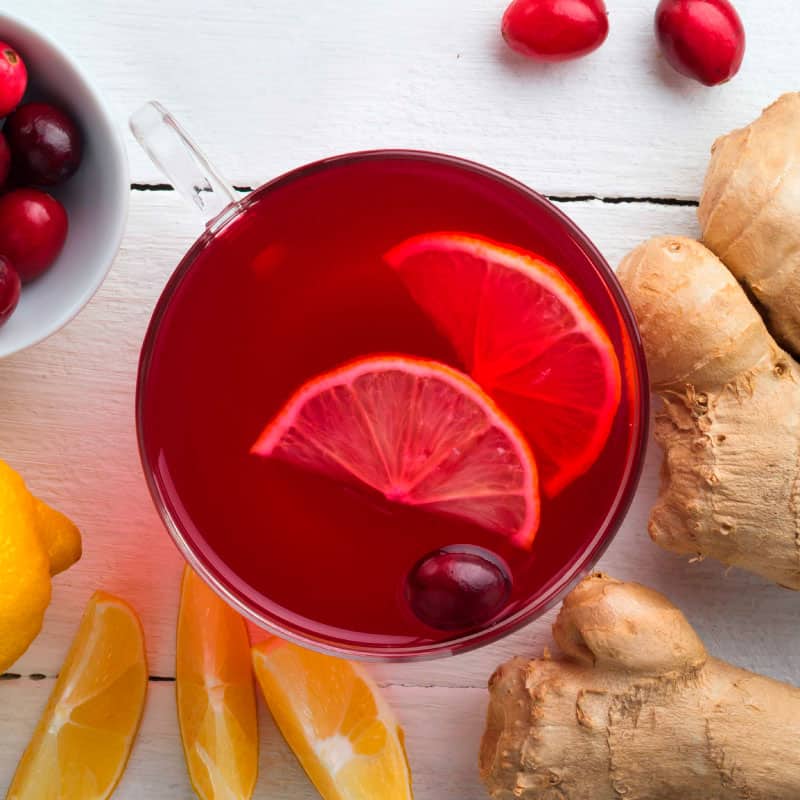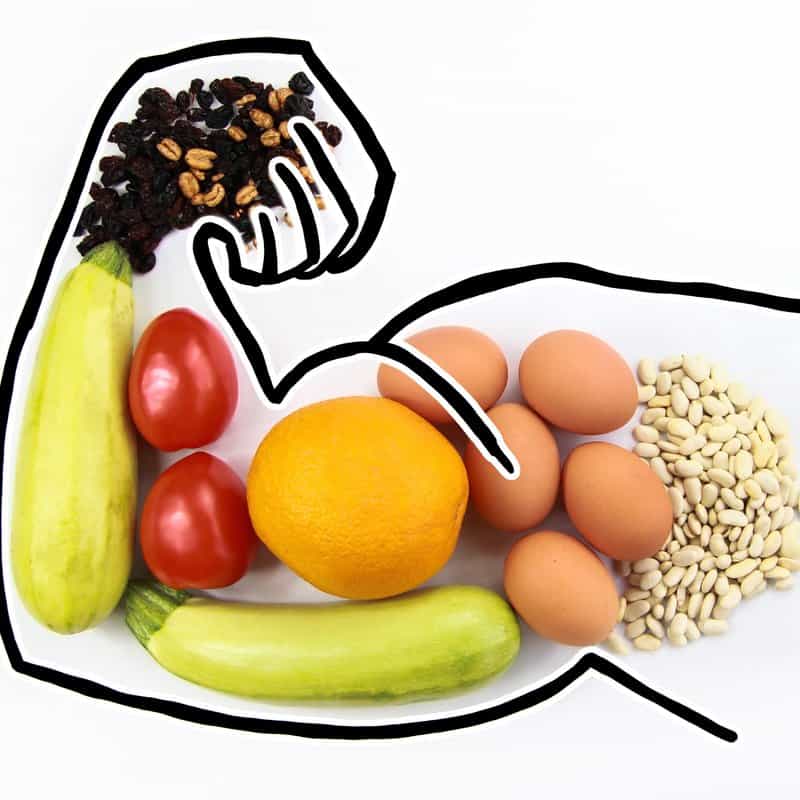This Dr. Axe content is medically reviewed or fact checked to ensure factually accurate information.
With strict editorial sourcing guidelines, we only link to academic research institutions, reputable media sites and, when research is available, medically peer-reviewed studies. Note that the numbers in parentheses (1, 2, etc.) are clickable links to these studies.
The information in our articles is NOT intended to replace a one-on-one relationship with a qualified health care professional and is not intended as medical advice.
This article is based on scientific evidence, written by experts and fact checked by our trained editorial staff. Note that the numbers in parentheses (1, 2, etc.) are clickable links to medically peer-reviewed studies.
Our team includes licensed nutritionists and dietitians, certified health education specialists, as well as certified strength and conditioning specialists, personal trainers and corrective exercise specialists. Our team aims to be not only thorough with its research, but also objective and unbiased.
The information in our articles is NOT intended to replace a one-on-one relationship with a qualified health care professional and is not intended as medical advice.
Is Granola Good for You? Pros & Cons, Plus How to Choose the Healthiest Type
April 16, 2022
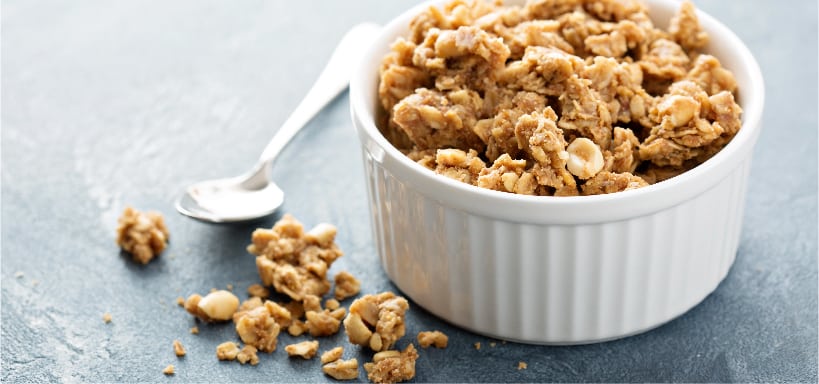
Whether you’re looking for a sugary fix or something more filling that’s made with nuts, seeds and whole grains, there’s no shortage of granola cereal options in grocery stores. Considering it makes for a quick and easy breakfast when mixed with things like fruit or yogurt, it can be tempting to eat granola almost every day.
Is granola good for you? Ultimately, it depends on the specific kind you eat— since some types, including those with less sugar and fewer processed grains, are much healthier options than others.
What Is Granola?
Granola is a cereal-like product that’s usually made with oats, sugar, oil, and some blend of dried fruit, nuts and seeds.
There are lots of different types of granola, so ingredients within these products can really vary. This is why it’s important to read ingredient labels when picking out granola in stores and to watch your portion size too.
Nutrition Facts
The tricky thing about granola is that it’s easy to overeat, since a standard serving size is only about 1/4 cup to 1/2 cup. If you double this portion, which is easy to do, you consume lots of calories, sugar and fat without even realizing it.
The nutrition content of granola depends on the specific kind and how it’s made, especially how much sugar and oil are used.
One fourth-cup serving of store-bought granola (which is only about four tablespoons) contains approximately:
- 130 calories
- 13 grams carbohydrates
- 4 grams protein
- 8 grams fat
- 2 grams fiber
- 1.1 milligrams iron (6% DV)
Is Granola Good for You?
Is granola good for you? It certainly can be, but it depends on which type you consume.
What are the benefits of eating granola? If you choose a healthy granola — for example, one made with rolled oats, minimal sugar and nuts/seeds — then benefits can include:
- Providing fiber — Ingredients like rolled oats, dried fruits and seeds are good sources of dietary fiber, which is filling and beneficial for digestive health. Studies show that consuming whole grain cereals, including granola with oats, can improve gastrointestinal health by having prebiotic effects that feed healthy microbes in the gut.
- Supporting heart health — The same ingredients mentioned above can help lower cholesterol due to their fiber content, while nuts and seeds can increase HDL “good” cholesterol.
- Providing nutrients like iron and potassium — Dried fruits, such as raisins, figs and cranberries, are good sources of essential vitamins and minerals, including potassium and iron. These minerals support healthy blood flow, blood pressure, cellular functions, oxygenation, muscle contractions and more. Oats are also a relatively good source of iron, magnesium, calcium and B vitamins.
- Supplying carbohydrates for energy — For athletes or people about to work out, a bit of granola is a good source of fast-acting carbs that can fuel the muscles and brain. If you have a sweet tooth, having a bit in place of sugary snacks like cookies can be a smart swap.
- Shelf-stable and portable — Another pro is that it’s easy to pack and eat anywhere, including when traveling, camping, etc.
Downsides (Risks and Side Effects)
Just because granola may be labeled as “natural” or even “gluten-free” doesn’t necessarily mean it’s healthy.
Is granola good for losing weight? Not exactly, considering it’s relatively high in calories, even for a small serving,
If you choose a brand that’s full of sugar, sweeteners, refined grains and oil, it becomes a food that’s bad for your metabolism. That’s because sugary granola can spike blood sugar levels and lead to overeating.
Here are downsides and potential risks of consuming granola:
- Often high in added sugar and other sweeteners, which are used to bind the ingredients together and improve the taste. High consumption of sugar raises the risk for health issues like weight gain, obesity, heart disease and type 2 diabetes.
- High in calories, with about 200 to 240 calories per half-cup serving (which isn’t very big!). Granola can be a sneaky source of calories, especially when you mix it with whole milk, honey and other toppings.
- Can be made with refined oils and fats, such as corn oil, sunflower oil and others. Compared to oils like virgin olive oil or virgin coconut oil, refined vegetable oils are higher in omega-6 fatty acids, which many people already consume too many of.
How to Pick the Healthiest Granola
Like choosing other packaged foods, make sure to carefully read the ingredient and nutrition labels of granolas you’re considering buying.
Pay attention to the sugar content and how many different types of sugars are added, including those under the names:
- dextrose
- syrups
- fructose and high fructose corn syrup (HFCS)
- honey
- lactose
- maltose
- maple syrup
- molasses
- nectars
- sucrose
Some things to look for in healthy granola include:
- Low sugar content — It’s OK if granola contains a small amount of sugar, but ideally you want to the amount to be about four grams or less of added sugar per serving. Opt for types made with natural sweeteners like fruit, honey or maple syrup.
- High fiber content — A good way to tell if granola is made with quality ingredients is to check the fiber. Look for types that provide three to five grams of fiber per serving.
- Recognizable ingredients — Look for brands that have straightforward ingredients, such as oats and fruit, but no artificial ingredients you don’t recognize. Other healthy ingredients can include cinnamon, vanilla, almonds, walnuts, puffed brown rice, wheat germ, wheat bran, cocoa, and chia, flaxseed, hemp, sunflower and pumpkin seeds.
- Unrefined fats/oils — The healthiest granolas contain a small amount of oils like olive oil, coconut oil or canola oil but do not contain trans fats.
- Grain-free/gluten-free options — If you follow a low-carb or Paleo diet, opt for low-sugar granolas that contain no grains at all, such as those made with nuts and seeds instead of oats. This is also a good option if you follow a gluten-free diet.
Recipes
To get the most benefits from granola, keep portion sizes small, and pair with other healthy ingredients. Try about 1/3 cup of low-sugar granola with unsweetened almond milk, unsweetened yogurt or a bit of fruit.
Because it’s not very high in protein on its own, it’s a good idea to consume granola with a source of protein if you’re eating it as a meal, such as by topping yogurt or a protein smoothie with some.
Here are some recipe ideas for enjoying healthy granola, including the type you can easily make at home, which helps you control the ingredients:
- No-Bake Homemade Granola Bars
- Grainless Granola Recipe
- Coconut Yogurt Chia Seed Smoothie Bowl
- Berry Protein Smoothie Recipe
Conclusion
- Granola is a type of cereal product made with ingredients like oils, fruit, nuts, seeds, and usually added sugar and oil.
- Is it OK to eat granola every day? It really depends on the kind, since many types are high in sugar, fat from refined oils and calories.
- On the other hand, brands that make healthy granola, or homemade versions, can be a good source of fiber, complex carbs, iron, B vitamins, magnesium, potassium and more.
- Will eating granola make you fat? Possibly, if you eat big servings of it. It’s important to keep an eye on how much you consume, since the calories can add up fast. Stick to about 1/4 to 1/2 cup per day, and pair it with other healthy ingredients, like yogurt, almond milk and fruit.




